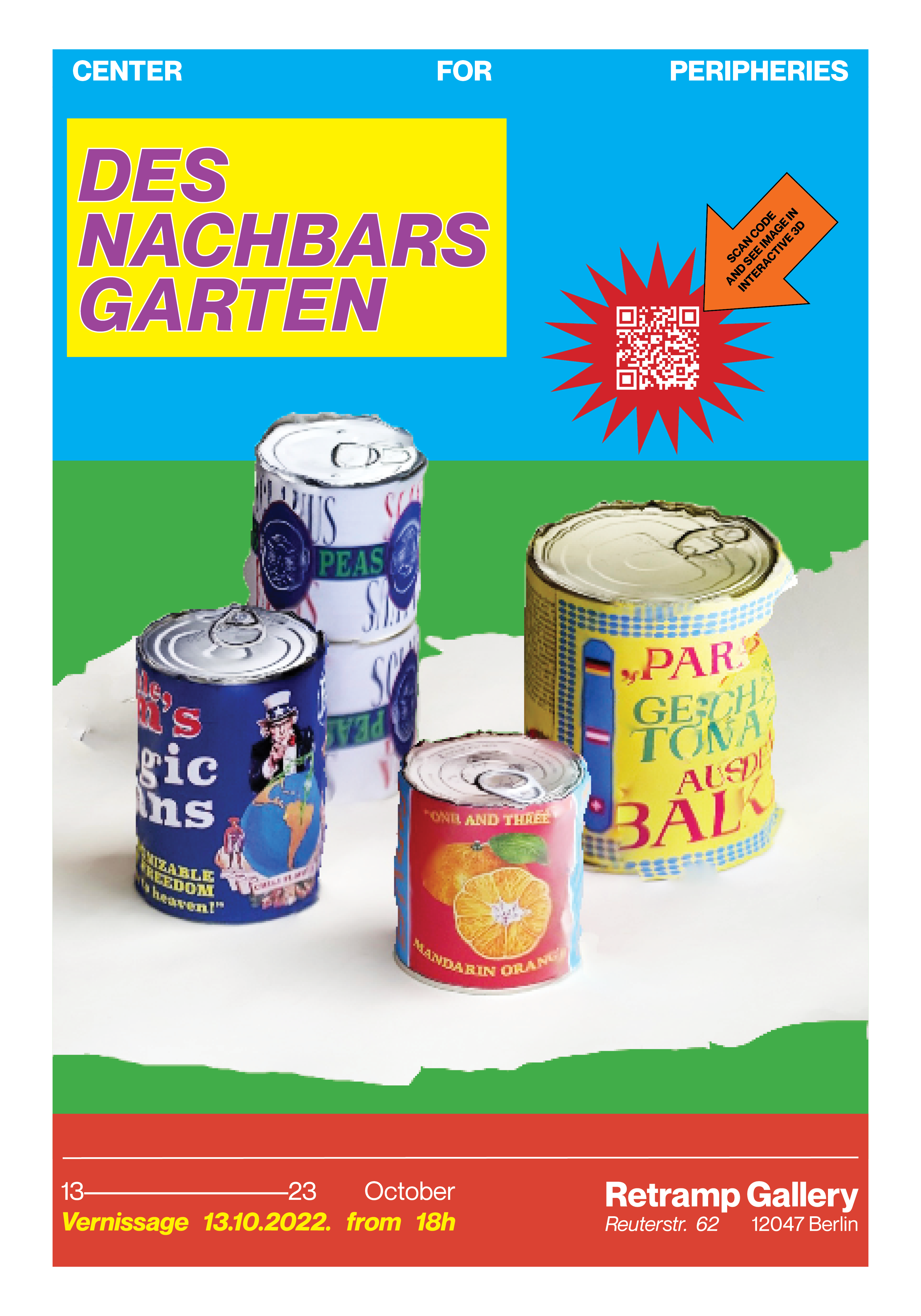MIT EIN BISSCHEN GLÜCK ... GROSS GEWINNEN!
Group Exhibition with works by Mila Panić, Saša Tatić and Center for PeripheriesA good immigrant always speaks in German, no matter how broken; a bad immigrant only uses another language. A good immigrant submits their documents in the order they were listed; a bad immigrant misses one paper. A good immigrant has a job; a bad immigrant steals jobs. A good immigrant is a guest and returns to where they came from; a bad immigrant has German children. A good immigrant is grateful; a bad immigrant criticizes.
Observing immigration, integration, and naturalization not as legal processes or bureaucratic phenomena, but as equivocal notions, the group exhibition Mit ein bisschen Glück… groß gewinnen! pokes at the tensions inherent to any multicultural society, including Germany.
Quoting, skewing, or blasting open different experiences of abandoning one cultural context and joining another, the exhibition sets up Germany as a stand-in for the wider context of Western Europe as a geopolitical center. In repurposing narratives of immigrant anxieties, efforts or frustration – both rightful and self-righteous – the different works are simultaneously understanding and judgmental of those who migrate and those who “welcome” them alike.
There is no universal experience of immigration, and yet: that one look, that one smirk, or that one back-handed comment could not escape you if you have ever been ‘the Other.’ No worries, however: with a little luck, you might win big, too.
See More
DES NACHBARS GARTEN
Solo Exhibition
As they stand here like a non-exhaustive collection of some (contemporary) historian obsessed with packaging design, they also crack open the perpetually intertwining global relations in all their gore and glory.
See More
ALLES MUSS RAUS
Solo Exhibition
Applying the Brechtian technique of Umfunktionierung through appropriating and re-contextualizing a selection of such signs, the exhibition underscores their hegemony while challenging their jurisdiction. We call upon the viewers’ sense of familiarity with the imagery we use, and the spaces we invoke, to deliver our message. Throughout this exhibition, we are reversing the established orders of authority.
The exhibition is formatted as a spatial and aesthetic transformation of the Kiezkiosk Open Tiny into a signmaker’s store, in which different displayed signs tell a story of a world whose everyday is shaped by socio-political correlations divergent from those we are familiar with.
See More
